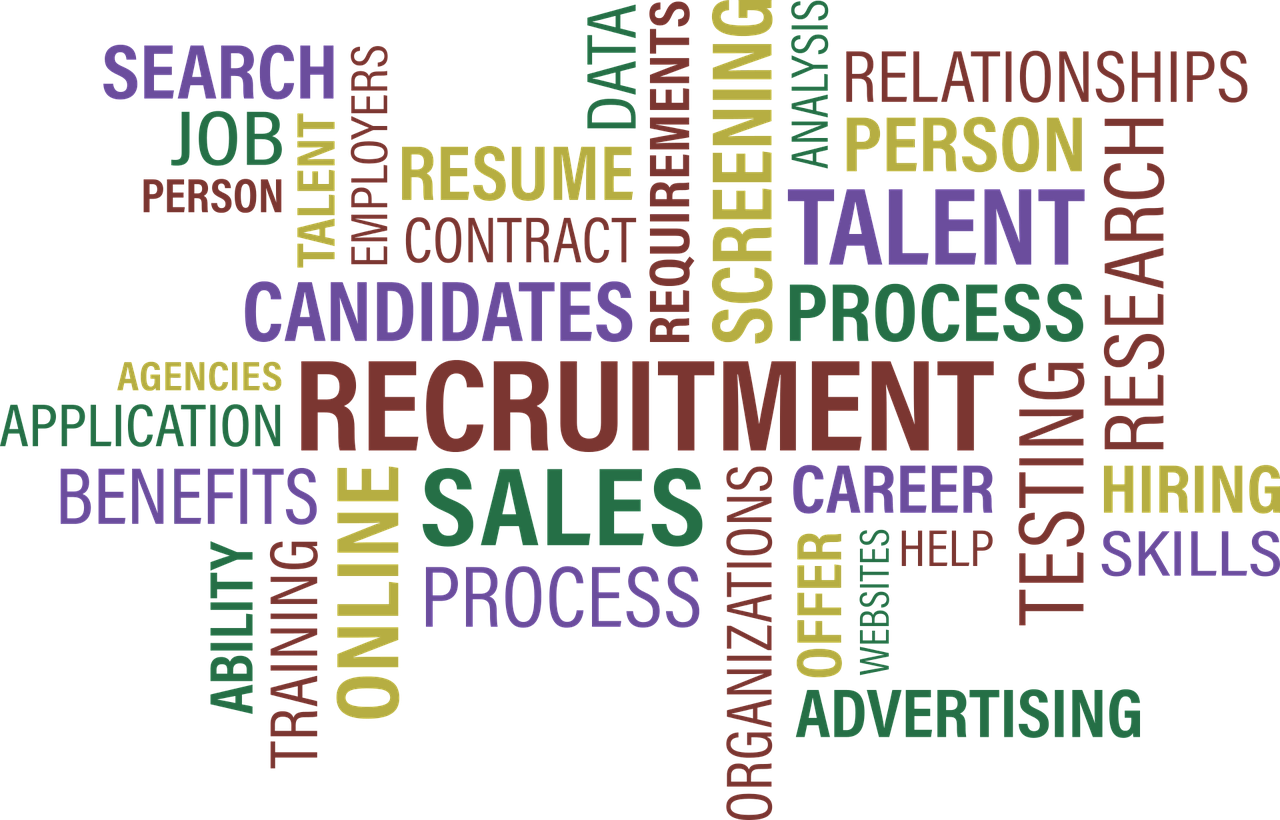It is quite difficult for HR Services to add strategic value having most parts of the workforce tied to time intensive, repetitive and trivial tasks. Offering the opportunity that the HR Services staff can concentrate their actions and resources on creative and engaging topics, the basic operational and standardized actions can be performed through RPA (robotics process automation).
Being the most people-focused organization in a company adopting automation technology sound quite confusing. It is obvious that robots are even more productive and effective dealing with repetitive tasks compared to humans. Current studies had shown the potential of nearly one third resource deduction having RPA execution hire-to-retire administration processes in place. The delivery itself can be done 24/7 with a very low error rate.
RPA = Macro on Ecstasy
RPAs are often called „Macro on Ecstasy“. The pure logic a macro known from Excel application is offering, combined with the machine learning and scalable effect boost the organization to an efficiency maximum.
Most people assume, that the implementation of robotics require an army of IT consultants and system integration with long lead-times for delivery. RPA can be understood as a cover-layer within the company IT infrastructure interacting between systems and data sources. Don’t even consider any business process re-engineering action including a stretched business shut-down for the RPAs establishment. The implementation isn’t such IT-heavy as expected and should mainly be business driven to have the freedom to enhance the possibilities along a process much faster.
The robotic workforce uses existing systems, logics and applications and offers endless opportunities to implement automation into daily HR operations quite easy.
Important: RPA automates tasks, not roles.
The action scripts and bots are mostly freeing up the human workforce capacity to focus on value-adding tasks and to show up with a higher delivery rate in general.
Get the organization ready for dealing with such automation features more and more. Don’t underestimate the change management piece which need to be done especially for those, who had been in charge of all administrative tasks prior to any kind of robotics. Involve also this team to define the usability of robotics. Why? They know the best what the automation need to take under consideration.
Digital Future through Prototyping
All in all: RPA is a quite pragmatic technology with the high potential in super fast delivery cycles to relieve the HR community in doing repetitive tasks. This digital future also includes plenty of opportunities to develop an engaged and motivated human workforce. Indeed, there is already a bunch of literature, systems and services available regarding RPA and its possibilities. Most commonly used are the software offered from e.g. UiPath or IBM. Both vendors can excellent support the implementation of RPAs into the HR Services environment. Next to the technology, a lot of consulting agencies using RPAs as an easy hook to boost their assignments. Ideally, the consulting agencies should support the customer mainly at the beginning and focus on the customer enablement throughout the whole initiatives. To achieve this and to bring in the first efficiencies into the HR Services world as soon as possible, the work mode should based on prototyping instead of emphasizing big buzz words feeding large scaled projects.
Prepare Your Organization
Don’t hire any external technical expert for RPA integration doing everything and leaving the organization with all the concrete and valuable knowledge after some time. Make use of your existing human workforce so that they can learn and grow in their current positions. Yes, this is more time intensive and especially at the beginning the first outcomes may reached with a high delay. On top of that, the release cycles are quite long and might not show up with the demanded level of efficiency.
As mentioned, the HR Services community should start to identify their first processes they want to automate by their own. This might sounds wired, because we would expect the first natural reaction as defensive or even hostile.
Dream big, start small, enhance faster
Use „Think Tank“ sessions to get a proper understanding of the organizational change awareness level and think about the change management curve everybody would need to walk through. Also start to identify a couple of employees showing up with the potential to work on a more tactical layer, having the big picture in mind who support the RPA activities. Those persons will be your future RPA designers, functional process drivers, organizational activators and change agents in one. Repetitive and transactional tasks which are done by the human workforce are the ideal playground for the RPA designers to start with.
In case the community is very resistant, you can start to get the ball rolling by coming up with some robust ice-breakers. Think about the sick leave maintenance. Draw the current process on a very high level and how RPA can relieve your team from doing this repetitive task. Let the team speak up in a solution orientated way to identify process stoppers and how they might be covered. Also spend some time to emphasis the employee benefits having RPAs doing parts of their tasks. Having no backlog and to focus on more creative tasks are some of useful examples. The people have the automation under control and not vise versa. They can decide, how processes will be automated and have a major influence on the layer of automation even though to the overall success of RPA implementation.
Not everybody in your HR Services environment need to be an RPA expert and its potential, but it is super important to keep the visions and ideas internally. Sorry consultants! Even for further activities, talking about multiple layered processes getting more and more complex, the initial knowledge and experience gained from your organization can be activated fast, easy and on-demand.
You are looking for an innovative and simple process review?
I offer individual workshops analyzing your current HR Services process landscape to identify quick wins when it comes to potential automation. I’m also more than happy to speak in front of your teams about the RPA usage, the possibilities and the crucial role the team itself is playing. In combination, I can analyse during the „Think Tank“ sessions as a third party your potential RPA designers and to discuss with you afterwards the initiatives to cover the change management part properly.
Interested? Please contact me: oliver@hr-digital-now.de
Overall resources:




